Table of Contents
- Find your next destination of travel in South East Asia - Travel Stone
- Philippines Yacht Charter - Charter&Dreams
- 10 Pleasing Facts About The Philippines - The Fact Site
- 2025 Philippines Travel Guide - Matador
- Information about the Philippines - Philippines Travel Guide – Go Guides
- Traveling In The Philippines. Most people pay a visit to Southeast Asia ...
- Ultimate Philippines Travel Guide 2025: Discover Culture & Adventure ...
- Philippines – Artofit
- City breaks Philippines | BudgetAir.co.uk
- Philippines - What you need to know before you go – Go Guides
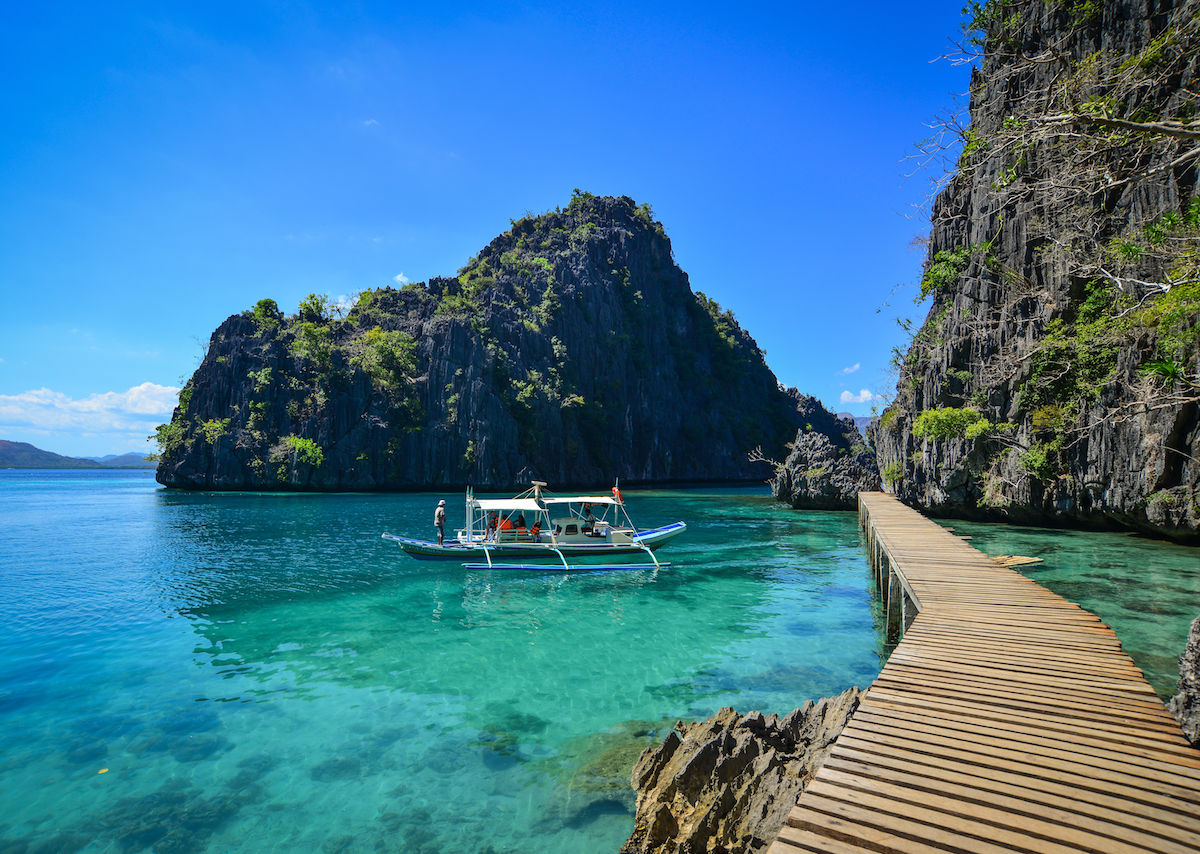
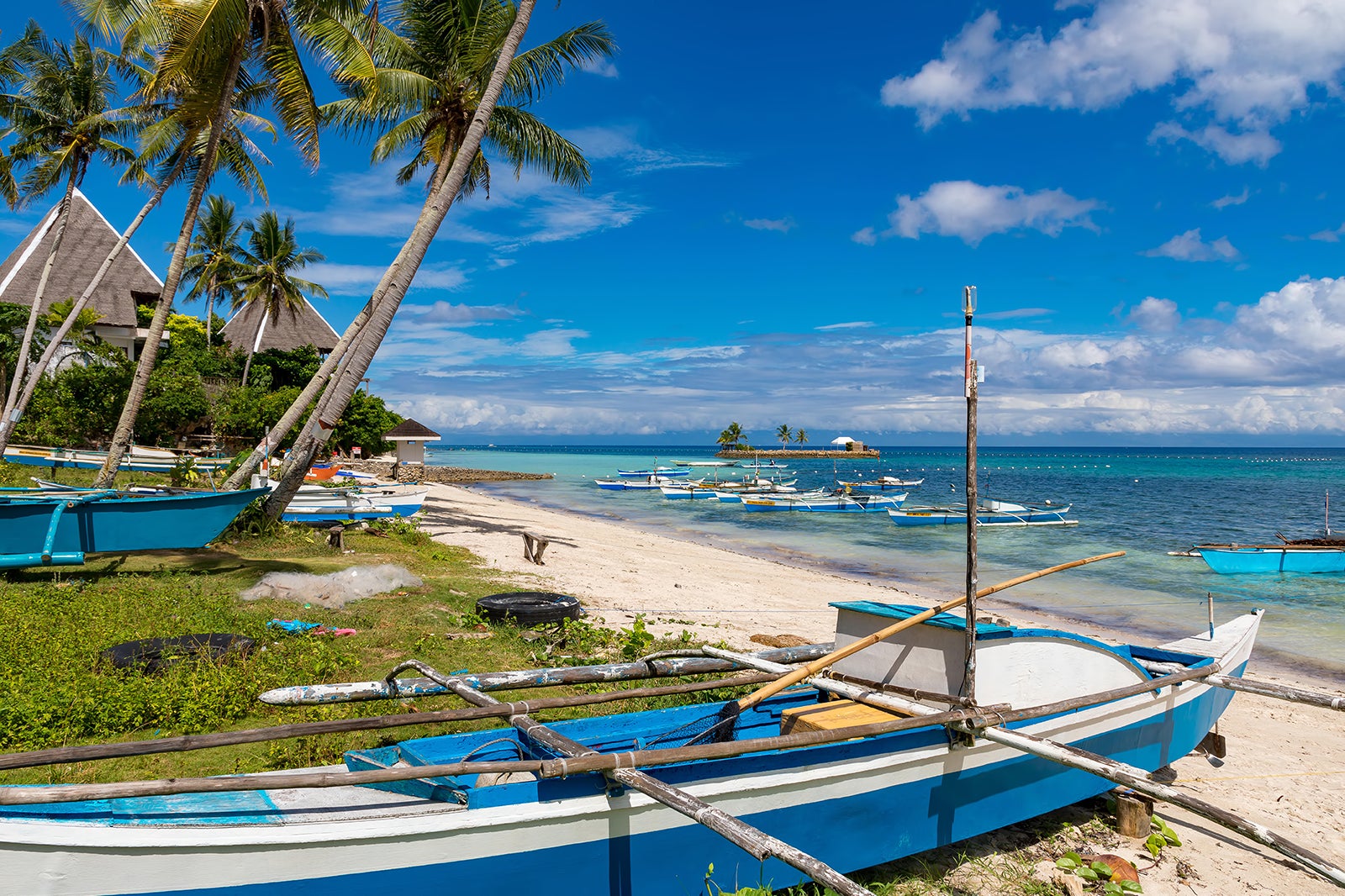
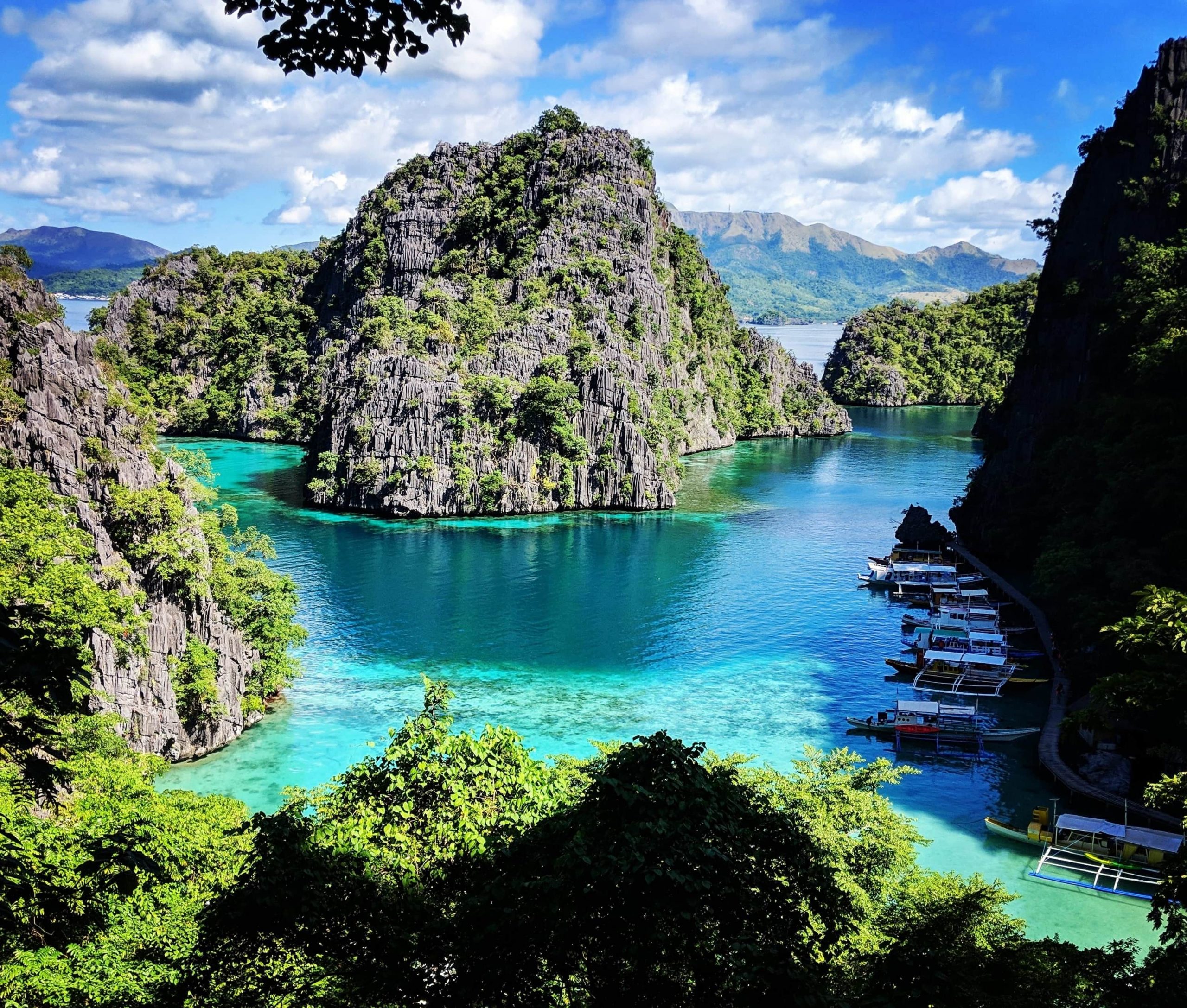
Geography and Climate



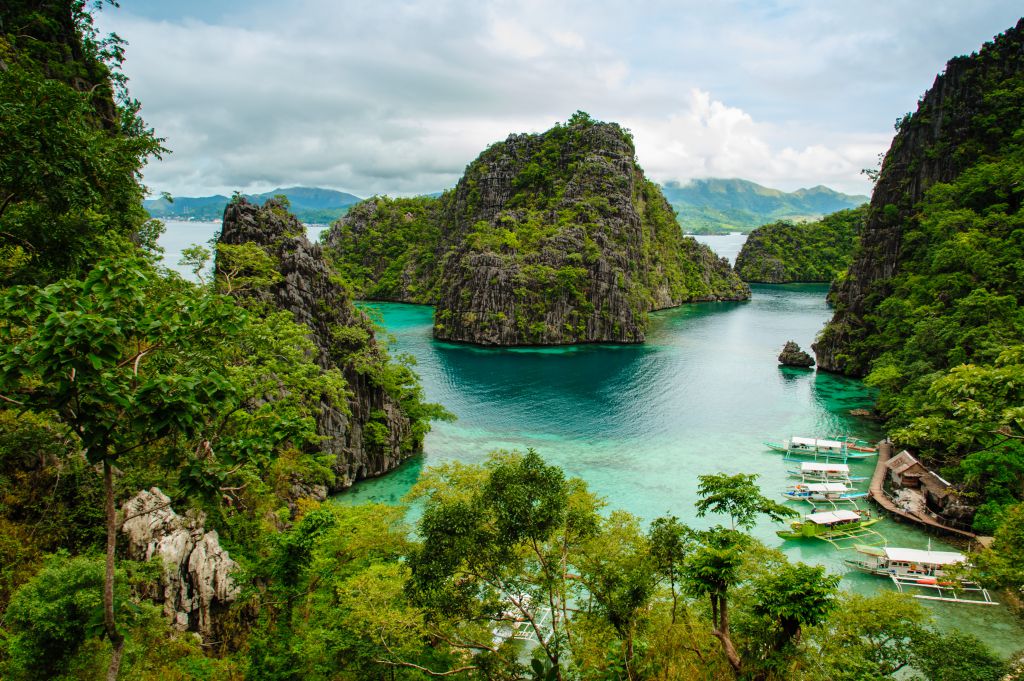
History and Economy

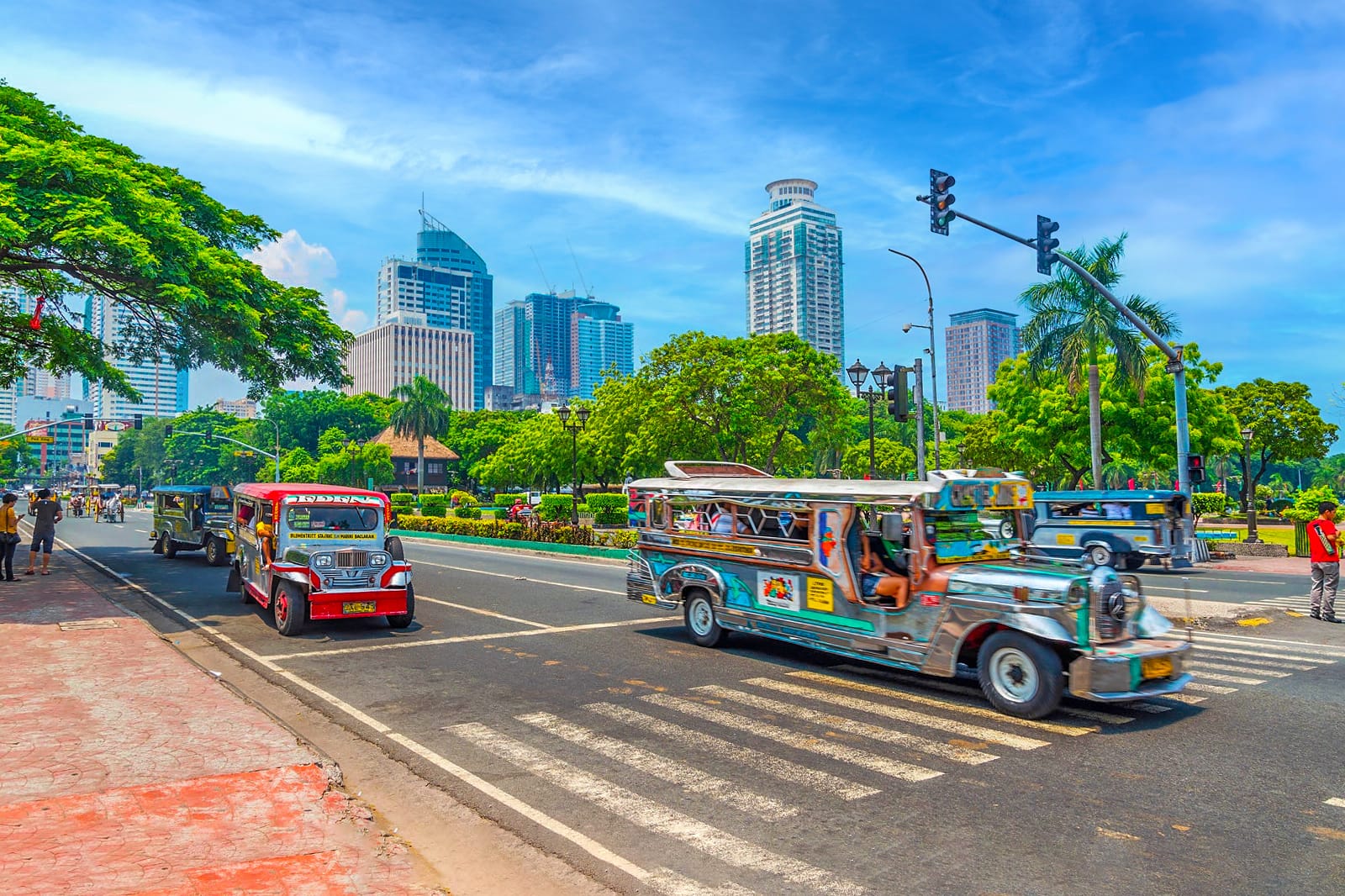
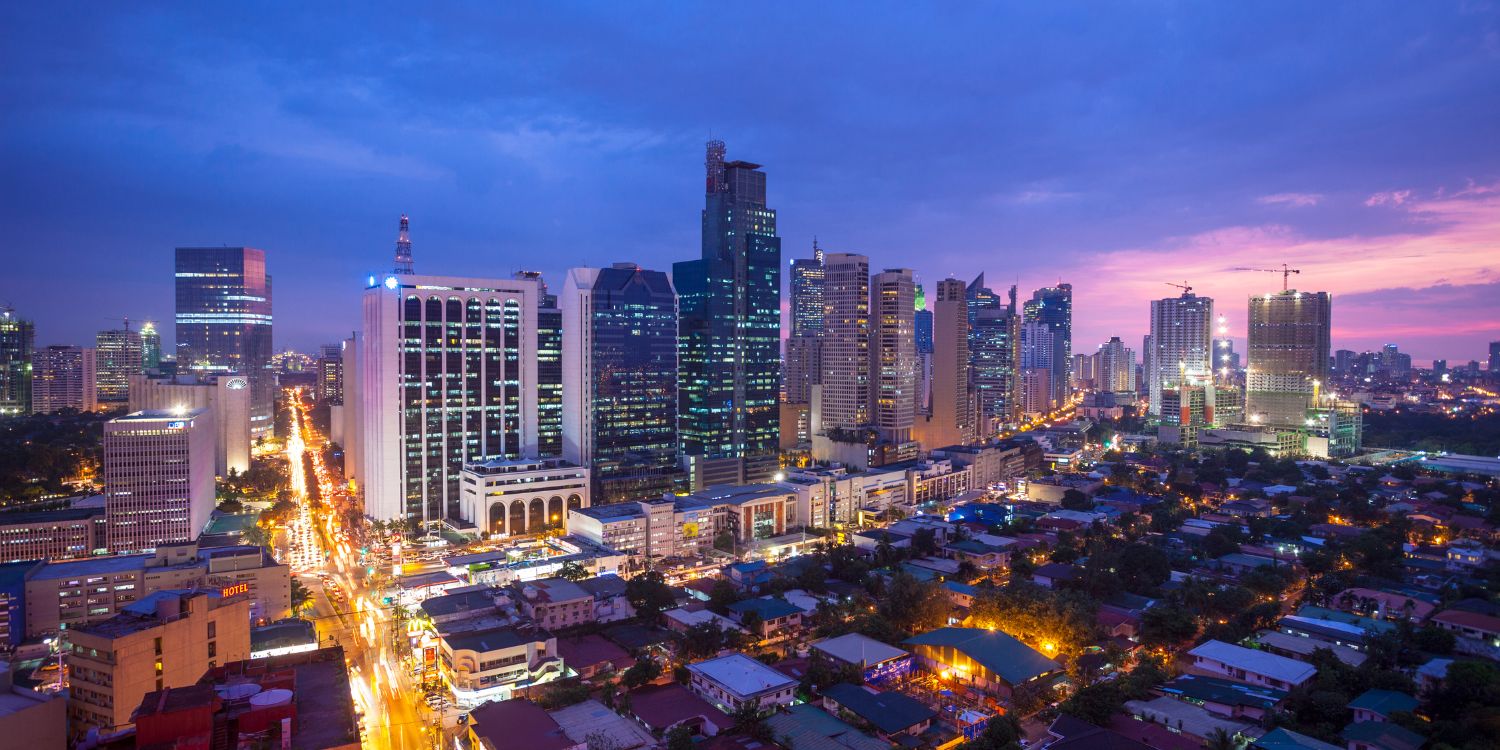
Culture and Tourism
The Philippines is a melting pot of cultures, with a unique blend of Asian, Spanish, and American influences. The country is known for its vibrant festivals, such as the Sinulog Festival in Cebu and the MassKara Festival in Bacolod. The Philippines is also home to a diverse range of ethnic groups, each with their own language, customs, and traditions. Tourism is a significant contributor to the Philippine economy, with popular destinations including Boracay, Palawan, and Cebu. The country is famous for its stunning beaches, crystal-clear waters, and coral reefs, making it a paradise for beach lovers and scuba divers. Other attractions include the Chocolate Hills in Bohol, the Mayon Volcano in Bicol, and the historic walled city of Intramuros in Manila. The Philippines is a country that has something to offer for every kind of traveler, from adventure-seekers to culture enthusiasts. With its rich history, stunning landscapes, and warm hospitality, the Philippines is a destination that will leave you with unforgettable memories. Whether you're looking to relax on a beautiful beach, explore historic landmarks, or experience the vibrant culture, the Philippines is a country that is sure to captivate and inspire. So come and discover the Pearl of the Orient, and experience the beauty and charm of the Philippines.Keyword: Philippines country profile, Philippines tourism, Philippines culture, Philippines history, Philippines geography